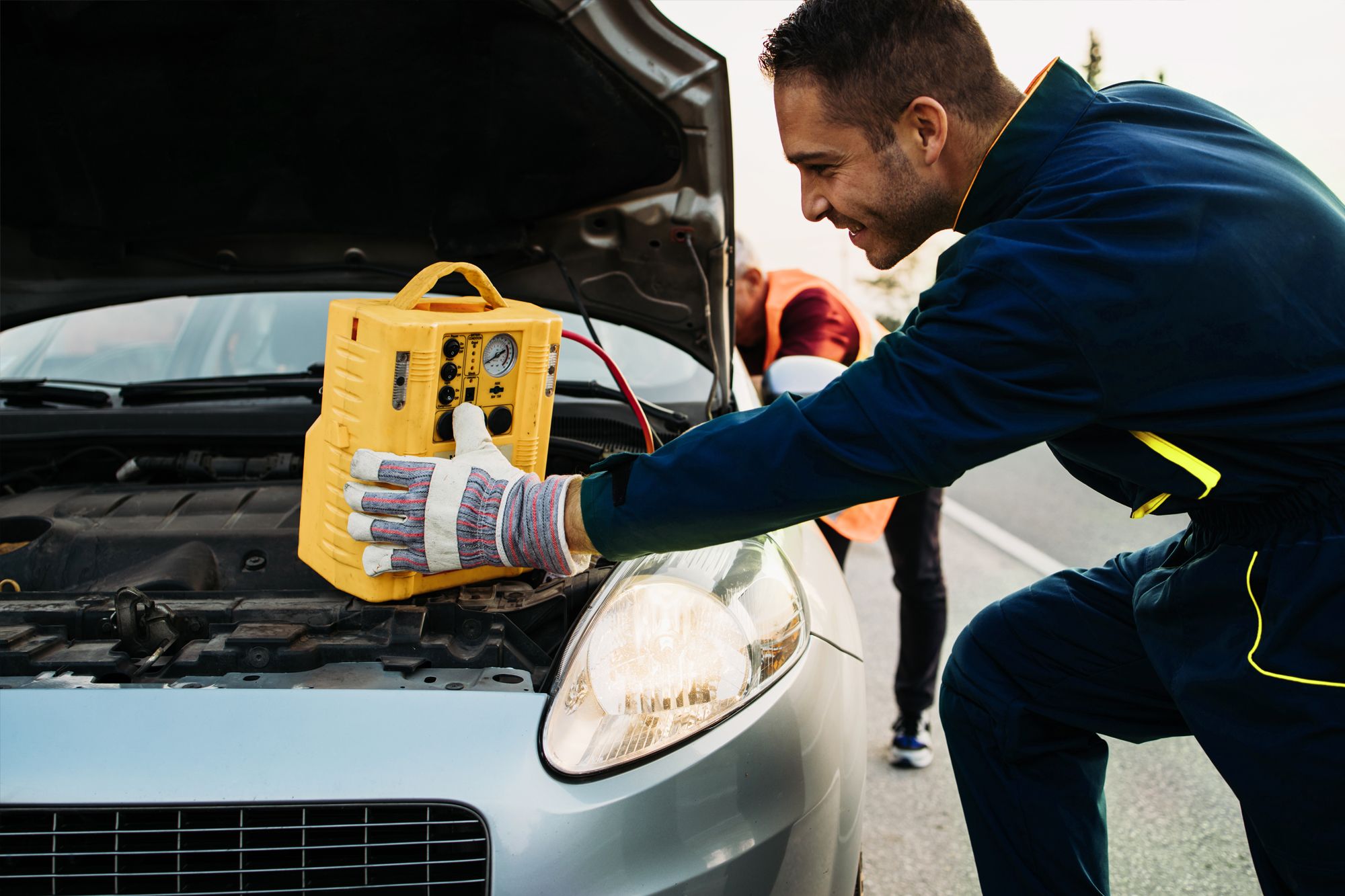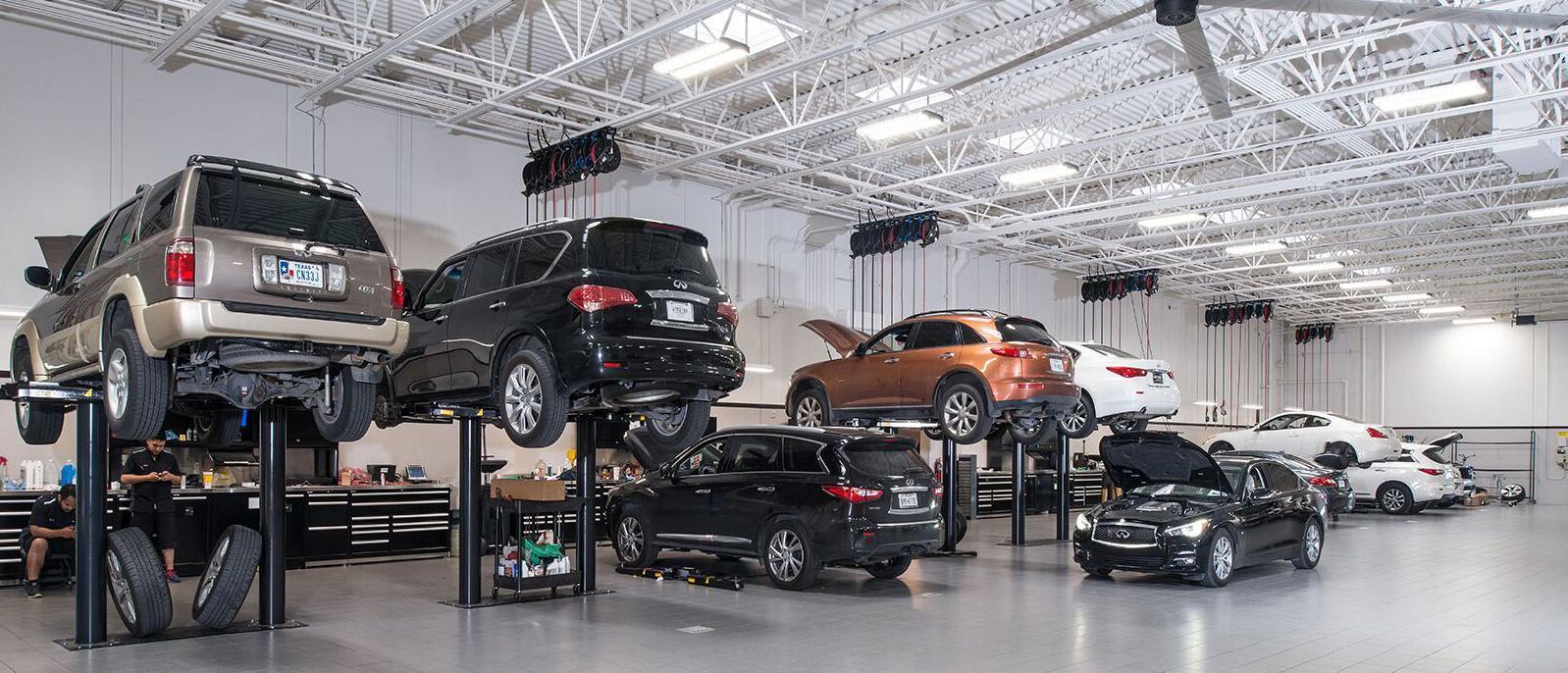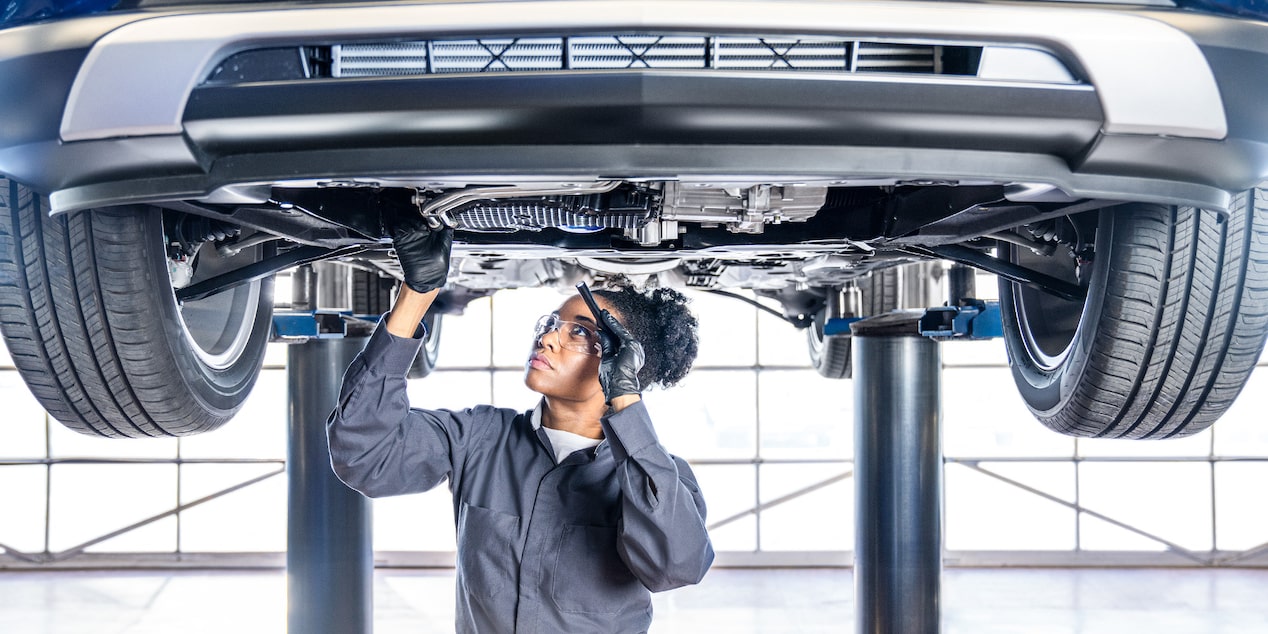All Categories
Featured

When it involves automobile repair work or upgrades, one of one of the most essential decisions you'll face is whether to select Original Devices Producer (OEM) parts or aftermarket parts. Both choices provide distinct benefits and drawbacks, so recognizing the distinctions in between them is important for making an educated decision. In this short article, we'll discover the benefits and limitations of OEM and aftermarket components to help you determine which is ideal matched for your car.
What Are OEM Parts? OEM components are produced by the very same manufacturer that made the initial elements in your vehicle. These parts are designed to satisfy the specific requirements of your automobile, guaranteeing they are an exact fit and use the exact same efficiency as the parts that included the car when it was first developed. OEM components are frequently thought about the "factory requirement" due to the fact that they come straight from the cars and truck's supplier or a qualified distributor.

Among the major advantages of making use of OEM components is their assured high quality. Because these components are made to the exact same requirements as the originals, they generally give an ideal fit and reliable efficiency. In addition, lots of OEM parts feature a warranty, giving you satisfaction that you'll be secured in case of defects.
What Are Aftermarket Components? Aftermarket parts are made by third-party manufacturers that are not affiliated with your vehicle's initial producer. These components are created to fit a wide array of vehicles and are usually cheaper than OEM components. Aftermarket parts can be used for routine repair work or upgrades, and they typically supply a wider series of choices contrasted to OEM components.

The primary charm of aftermarket components is their price. They are typically valued lower than OEM parts since they are produced by independent producers. Furthermore, aftermarket components may supply far better efficiency or added attributes not available in OEM choices. For instance, aftermarket exhaust systems, brake pads, and suspension elements typically provide improvements in efficiency or looks that may not be located in OEM components.
Benefits of OEM Parts. Accuracy and Compatibility: OEM components are made especially for your vehicle's make and model, guaranteeing they fit flawlessly and execute to the specific specifications called for. Guarantee Coverage: Lots of OEM parts include guarantees, supplying protection in situation of problems or premature failing. Top quality Assurance: Since OEM components are made by the initial maker, they go through the very same extensive high quality control criteria as the components installed in your lorry when it was first constructed. Resale Value: If you intend to sell your vehicle, having OEM parts can aid maintain its resale worth, as potential purchasers may be extra interested in an automobile that has actually been repaired with initial elements. Benefits of Aftermarket Components. Price Financial savings: Aftermarket parts are normally less expensive than OEM components, which can be a considerable benefit if you're on a budget or wish to save money on repair services. Variety and Customization: Aftermarket parts offer a wider variety of choices, including efficiency upgrades and aesthetic enhancements. If you want to increase horsepower or enhance your cars and truck's look, aftermarket alternatives can supply distinct remedies. Availability: Aftermarket parts are frequently much easier to locate than OEM parts, especially for older cars that may no more have readily offered OEM elements. Efficiency Improvements: Some aftermarket parts are created with performance in mind, such as high-performance brakes, air filters, or exhaust systems. These parts can enhance your vehicle's total efficiency and driving experience. Negative Aspects of OEM Components. Greater Price: One of the most substantial drawback to OEM components is their price. They are usually a lot more pricey than aftermarket alternatives, which can add up promptly if your car needs several repair work. Minimal Modification: OEM components are designed to restore your lorry to its original requirements, implying they might not use the exact same array of modification alternatives as aftermarket components. Accessibility Problems: Depending upon the age of your vehicle, specific OEM components might be more challenging to locate or stopped, making repairs harder. Disadvantages of Aftermarket Components. Inconsistent High quality: While several aftermarket parts are of premium quality, others may be inadequately made or do not have the durability of OEM parts. It's vital to research the supplier and review reviews to make sure the quality of the part you're thinking about. Fitment Issues: Aftermarket components are designed to fit a variety of lorries, but they may not constantly provide the excellent fit that OEM components guarantee. This can lead to setup issues or suboptimal performance. No Guaranteed Warranty: While some aftermarket components feature guarantees, they may not be resilient or as extensive as those offered by OEM components. In many cases, utilizing aftermarket parts can likewise impact your automobile's warranty protection if it's still active. How to Determine In Between OEM and Aftermarket Components. The decision in between OEM and aftermarket components inevitably relies on your details needs, preferences, and spending plan. Below are a few factors to consider to aid guide your selection:
Spending plan: If saving cash is a priority, aftermarket components are normally the a lot more budget-friendly choice. Nonetheless, be aware that cheaper parts might not last as long as OEM components, which could cause higher prices later on. Automobile Age and Condition: For more recent automobiles, specifically those under guarantee, it's frequently a great idea to choose OEM components to maintain the automobile's stability and protect its resale worth. For older vehicles, aftermarket components might be extra practical, particularly if the lorry is no much longer under guarantee or if you're trying to extend its life expectancy with cost-effective services. Fixing Type: Certain vital fixings, specifically those pertaining to safety and security (brakes, airbags, and so on), are best taken care of with OEM components to make certain the highest level of security and performance. For non-essential repair work or alterations, aftermarket components can provide an exceptional balance of high quality and affordability. Efficiency and Modification: If you're seeking efficiency upgrades or distinct personalization choices, aftermarket parts might be the finest option. Many aftermarket suppliers design components especially for enhancing your cars and truck's capacities, whether it's for far better efficiency or looks. Final thought. Both OEM and aftermarket parts have their benefits and drawbacks, and the most effective selection relies on your particular requirements and priorities. OEM components are perfect for preserving the initial quality and efficiency of your vehicle, while aftermarket parts supply expense financial savings, personalization choices, and a broader series of options. Thoroughly examine your lorry's condition, the kind of fixing needed, and your budget plan to make the most effective decision for your car and your pocketbook. Despite which choice you select, it's constantly important to speak with a trusted mechanic who can give support and make certain the repair work is done correctly.
Latest Posts
Discover Special Auto Repair Offers in Chicago at Montclare Auto Repair
Published May 27, 25
1 min read
Reasons Routine Auto Maintenance at Montclare Auto Repair Saves You Money
Published May 25, 25
1 min read
Secure Your Home with Top Quality Residential Roofing
Published May 22, 25
1 min read